Stable vices are compulsive behaviors in a horse. A stable is an unnatural environment for a horse. Horses that spend a lot of time in the stable get bored. As a result of this boredom and stress, they can develop stable vices (or stable deficits). Barn deficiencies can be relatively harmless, such as restless feeding behavior or sheep with their hooves off the ground. Other stable vices are stereotypes; repetitive forced movements that have no clear function. These include, for example, walking in boxes, weaving, sucking air and biting cribs as the most well-known. These stereotypes release endorphins in the brain, these endorphins are addictive and make you feel happy. This gives the horse an even greater urge to do this behavior more often. This article mainly focuses on the stereotypes.
Box is running
In boxing, a horse runs back and forth or in a circle. This behavior can be shown in the barn, but also on the pasture. The horse often follows a fixed pattern of always the same distance, always at the same edge of the field, etc. This behavior is often carried out endlessly, many horses will not rest and continue until they are drenched in sweat. This can dry them out. Lameness can also result from long-term uneven loading of joints, tendons, hooves and/or ligaments.
Weaving
When weaving, we see a horse moving its forehand and head alternately left and right. The horse constantly shifts its weight from the left front leg to the right front leg. In weaving there is long-term movement, so not a few fluctuations, but minutes or even hours of continuous movement. Weaving can cause wear and tear on the musculoskeletal system. In extreme cases, abnormal muscle development can occur.
Air sucking and crib biting
These two behaviors are very close to each other. When sucking air, the horse holds its head in a certain position and sucks in air, often a whirling sound is heard. With cribs, the horse does the same thing, but at the same time fixes its teeth on a hard surface. For example the edge of the stable door or the steel manger. Horses exhibiting this behavior are at increased risk of gastric ulcers and colic. Crib biters also damage their teeth.
Why does my horse get stable errors?
Stable vices are learned behaviors that have overshot the mark. Many behaviors arise through compensation. In the wild, horses spend most of the day grazing, constantly alternating between eating and walking. The rest of the time we spend socializing and relaxing. Due to modern husbandry, it is not always possible for a horse to perform this behavior. The animal does not follow its natural behavior. That causes stress. This stress is offset by the endorphins released from performing a stable vice.
Too little roughage and/or too much concentrated feed also means that a horse chews less during the day. Less saliva is produced. Normally, the stomach acid is somewhat replenished and neutralized by this saliva. If this is not the case, there is more stomach acid. This creates an uncomfortable feeling and many horses start sucking air.
Stress can also have many other causes, such as too much restlessness in the stable or incorrect training.
Can I teach my horse a stable wrench?
There are many ways and tools to combat stable vices. Examples are anti-weaving rack, muzzle and air suction belt. These drugs are often not recommended. You are only preventing your horse from performing the behavior, but you are not removing the stressor and you are not unlearning the behavior. So you don't tackle the matter and that's very unfriendly. It is also often seen that these resources lead to the horse developing another stable fault. Behavior cannot simply be unlearned, let alone stereotypes. In any case, it is advisable to work with a behavioral therapist and not just try something yourself. Oftentimes, the techniques are not properly performed by incompetent individuals, only making the problem worse.
It is always good to strive for the most natural living conditions possible. So make sure you have enough grazing, social contacts and rest. The possibility of continuously eating roughage (there are e.g. slow feeders for this), varied training and toys also improve the living conditions of your horse. Also check out the webshop to find different options. If grazing is not possible, take your horse out of the stall as often as possible. The following applies: more is better than longer.
A horse in the stable has a stable vise, can my horse learn this from him/her?
It has never been scientifically proven that this happens. If there are several horses in the stable with a stable fault, there is a high probability that this is caused by a stress factor in the stable. For example the type of accommodation, the stable equipment or unrest.
Buy or sell a horse
You are required to report to a new owner if you are selling a horse with a stable stick. Conversely, if you buy a horse and it develops a stable fault shortly after purchase, it will nullify the sale. Before buying a horse, always check whether it has stable defects. You can easily do this by observing the horse in the stable.
This text was translated by a translation machine
 Horse Pharmacy
Horse Pharmacy Rugs
Rugs Care
Care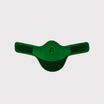 Saddle and Attachments
Saddle and Attachments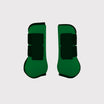 Leg Protection
Leg Protection Bridles
Bridles Feed
Feed Fly Masks
Fly Masks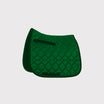 Saddle Pads
Saddle Pads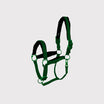 Headcollars and Ropes
Headcollars and Ropes Bits
Bits Other Disciplines
Other Disciplines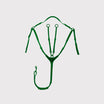 Reins and Auxiliary Reins
Reins and Auxiliary Reins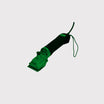 Clipping
Clipping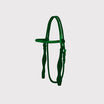 Western
Western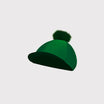 Eventing
Eventing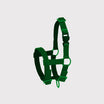 Foals
Foals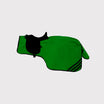 Reflection
Reflection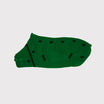 Therapy Products
Therapy Products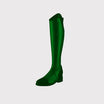 Boots and Shoes
Boots and Shoes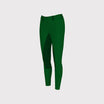 Breeches and Belts
Breeches and Belts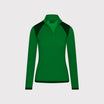 Tops
Tops Safety
Safety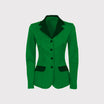 Competition
Competition Heated Clothing
Heated Clothing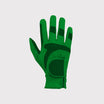 Gloves
Gloves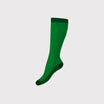 Socks
Socks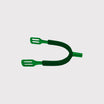 Spurs and Attachments
Spurs and Attachments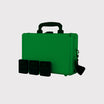 Technology
Technology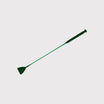 Whips
Whips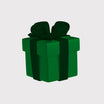 Gifts
Gifts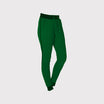 Casual Wear
Casual Wear Underwear
Underwear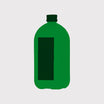 Rider Pharmacy
Rider Pharmacy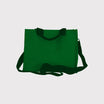 Bags
Bags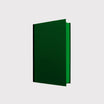 Books
Books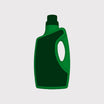 Laundry supplies
Laundry supplies Jewelry
Jewelry Feed and Waterbowls
Feed and Waterbowls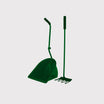 Equipment
Equipment Tack Room
Tack Room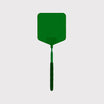 Pest Control
Pest Control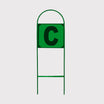 Arena
Arena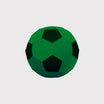 Horse Toys
Horse Toys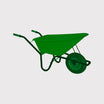 Wheelbarrows
Wheelbarrows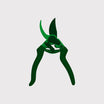 Yard
Yard Surveillance
Surveillance Disinfect
Disinfect Washing Area
Washing Area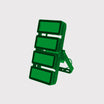 Lighting
Lighting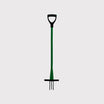 Horse Pasture
Horse Pasture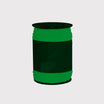 Current Conductors
Current Conductors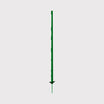 Pole
Pole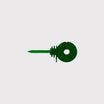 Insulators
Insulators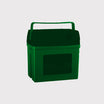 Energisers
Energisers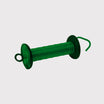 Gate Handles
Gate Handles Batteries and Accumulator
Batteries and Accumulator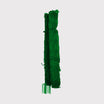 Nets
Nets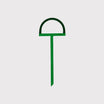 Grounding
Grounding Tools
Tools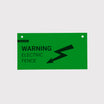 Fencing Security
Fencing Security Wolf Defense
Wolf Defense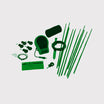 Fencing Sets
Fencing Sets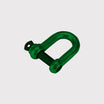 Fence locks
Fence locks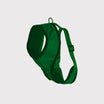 Dogs
Dogs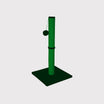 Cats
Cats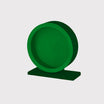 Rodents
Rodents Dogs Pharmacy
Dogs Pharmacy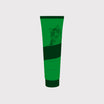 Cats Pharmacy
Cats Pharmacy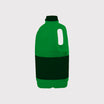 Rodents Pharmacy
Rodents Pharmacy Cattle Pharmacy
Cattle Pharmacy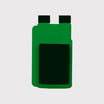 Poultry Pharmacy
Poultry Pharmacy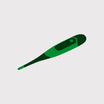 Veterinary Supplies
Veterinary Supplies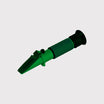 Cattle
Cattle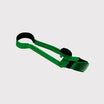 Sheep and Goats
Sheep and Goats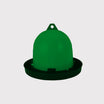 Poultry
Poultry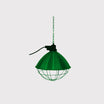 Heat Lamps
Heat Lamps Calves
Calves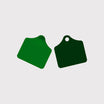 Marking
Marking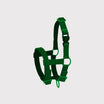 Halters
Halters